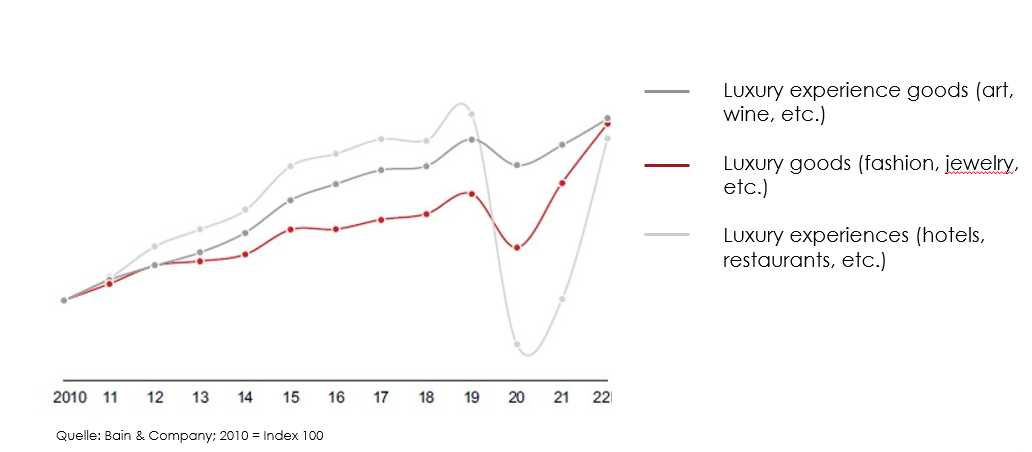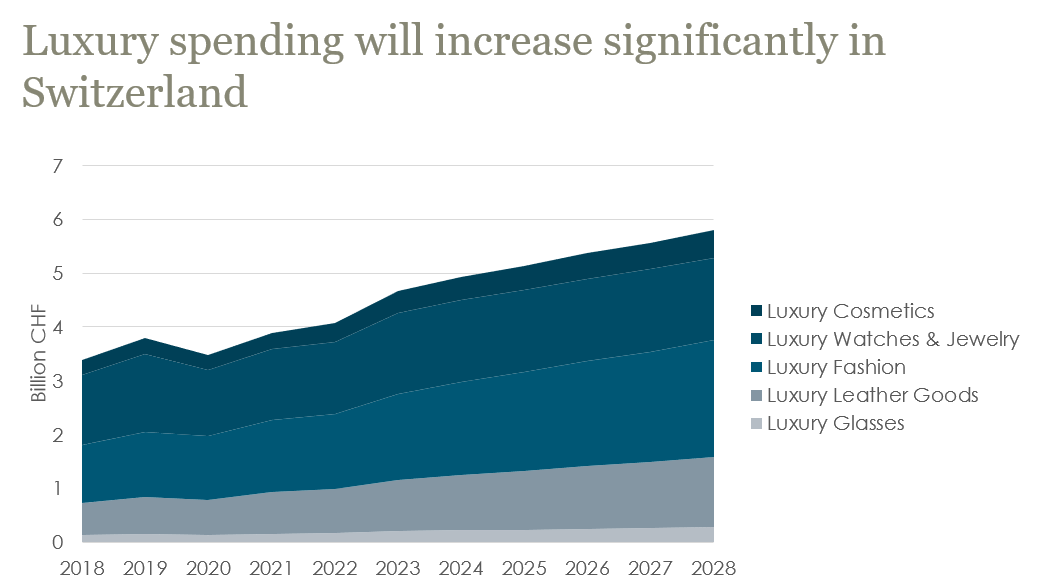The luxury industry is undergoing a change. As a result, its products are reaching more and more people. In order to avoid losing exclusivity and uniqueness, many brands are now relying on ‘experiences’. These are enabling them to strengthen their relationships with their customers, offering them a unique experience without sacrificing status or reputation.
The luxury industry is undergoing a phase of transformation. While in the past few used to buy luxury items, many more people are now spending their money on high-end brands. Evidence of this can be seen, for example, with the French fashion house Hermès. The market value of Hermès was $199 billion at the end of August. That’s over 28% more than the $155 billion Nike brand. Of course, Hermès products are much more expensive, but Nike is a very popular brand and most people have a Nike T-shirt, pair of sneakers or gym bag in their wardrobe. Obviously, luxury brands are reaching more and more people today. One reason, among other things, is that consumers of luxury goods are becoming younger and younger.
Broader and younger target group
According to estimates, from 2030 consumers from Generation Z (born after 1995) and Generation Alpha (born after 2010) will be responsible for one-third of the spending across the luxury market.
Luxury goods and luxury experiential goods are crisis-resistant. During the coronavirus epidemic, consumers were still diligently purchasing luxury brands
Another reason for the increasing customer base of luxury brands is the so-called ‘lipstick effect’
According to this theory, during difficult economic cycles consumers are more likely to consume ‘cheaper’ luxury goods, such as cosmetics, watches, and fashion. An article in The Economist described the phenomenon as:
“When mortgages and pensions become unaffordable, people buy luxury goods instead.”
Expenditure, especially on luxury fashion items, will increase sharply in the coming years
Preserving exclusivity and rarity
The trend in Switzerland is that luxury spending will continue to increase. However, brands face a significant challenge, because how can you continue to grow and remain luxurious at the same time?
Exclusivity and rarity are the key features of a luxury good. If everyone owns a certain luxury good, by definition this is no longer a luxury good.
Large luxury brands have recognized this for a while now and are thus increasingly relying on ‘experiences’, with the aim of strengthening the customer experience. Such experiences, including hotels, restaurants, and SPAs, allow brands to have a stronger interaction with their customers without compromising the exclusivity of their brand. On the contrary, this enhances the brand even further and a renewed relationship is built with their customers.
EHL has been conducting research in the field of customer experience management for several years
At EHL, the 2020 Institute for Customer Experience Management was founded in collaboration with Audemars Piguet, with the aim of implementing these luxury hospitality concepts. The AP House is located on Bahnhofstrasse in Zurich, where shopping for a luxury watch becomes an all-round experience.
The prime example of luxury meets hospitality is AP House by Audemars Piguet on Zurich’s most popular shopping street
Indeed, today, in order to stay relevant, luxury brands must be able to offer luxury experiences.
The luxury industry is also becoming an increasingly important employer for EHL alumni. For example, according to a survey conducted in May 2023, the luxury industry is the second most important sector for our students after the hotel industry. Indeed, 37 percent of respondents said they would like to work in the luxury industry.



